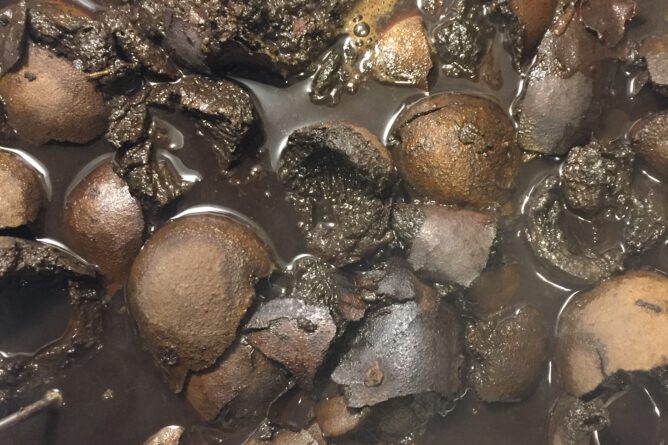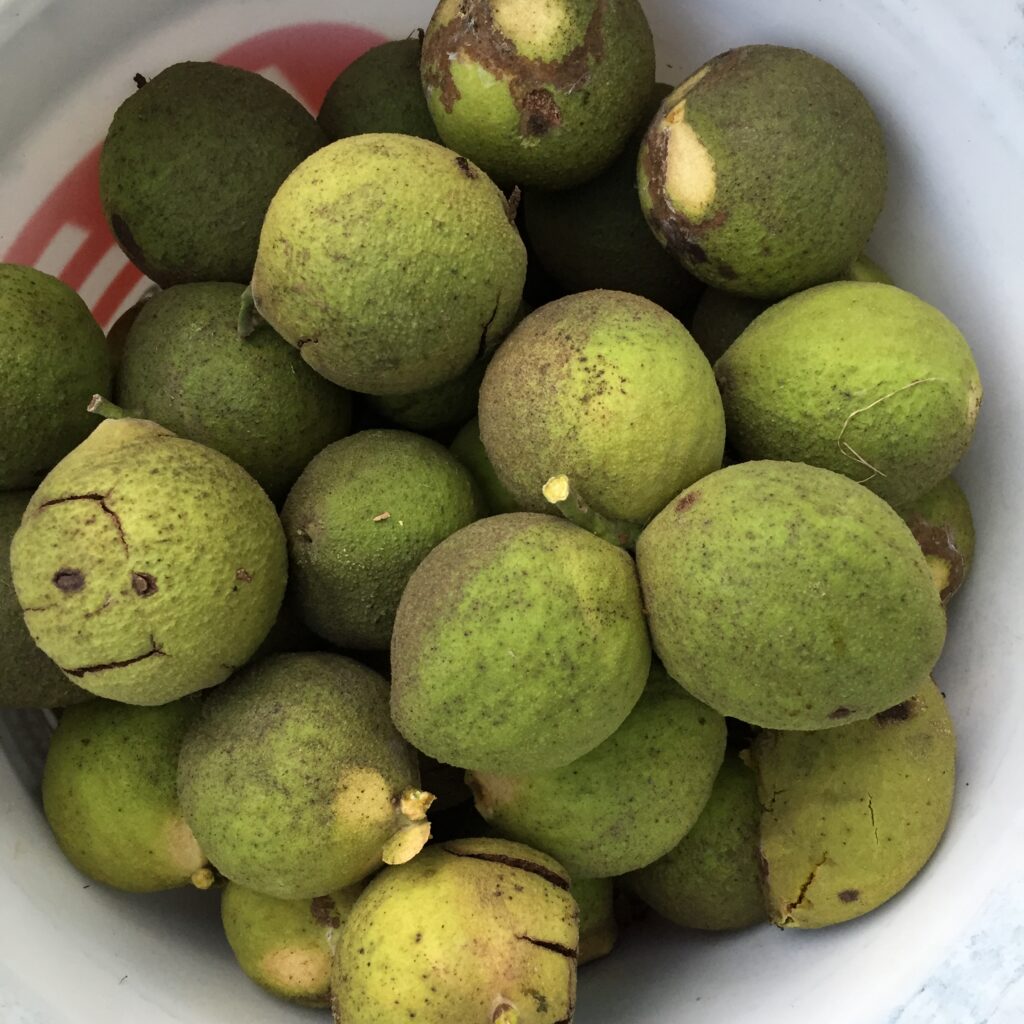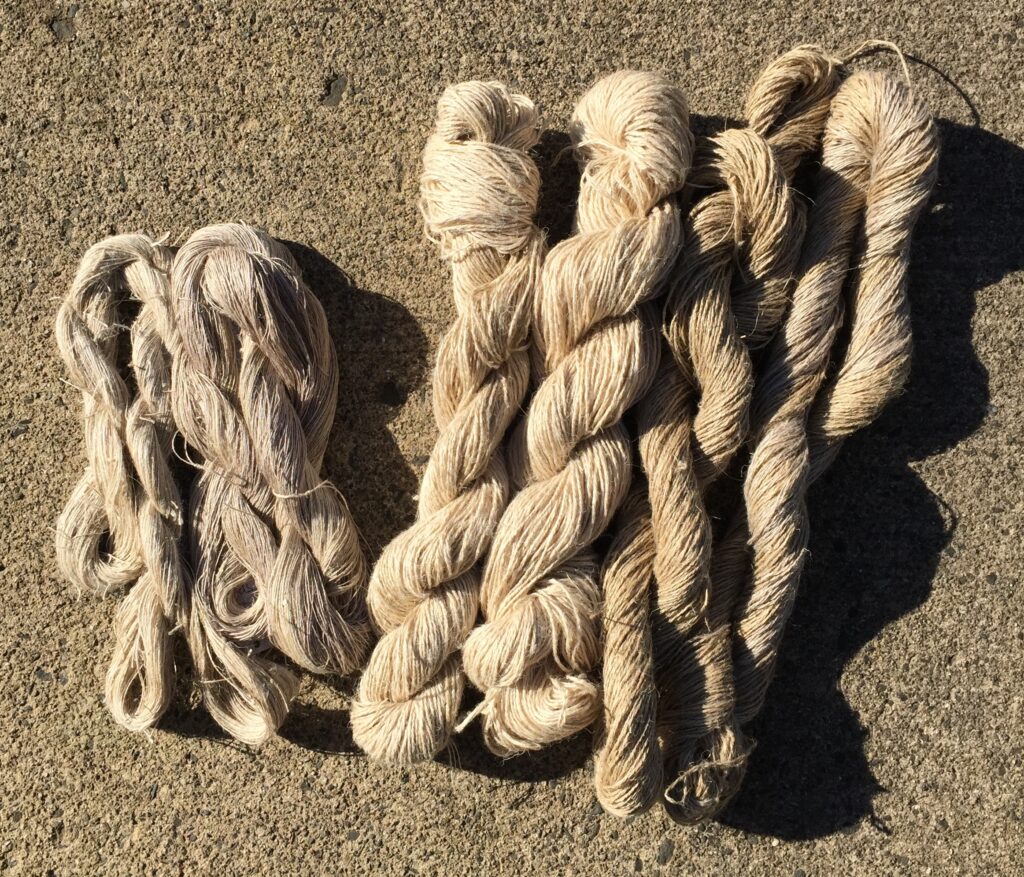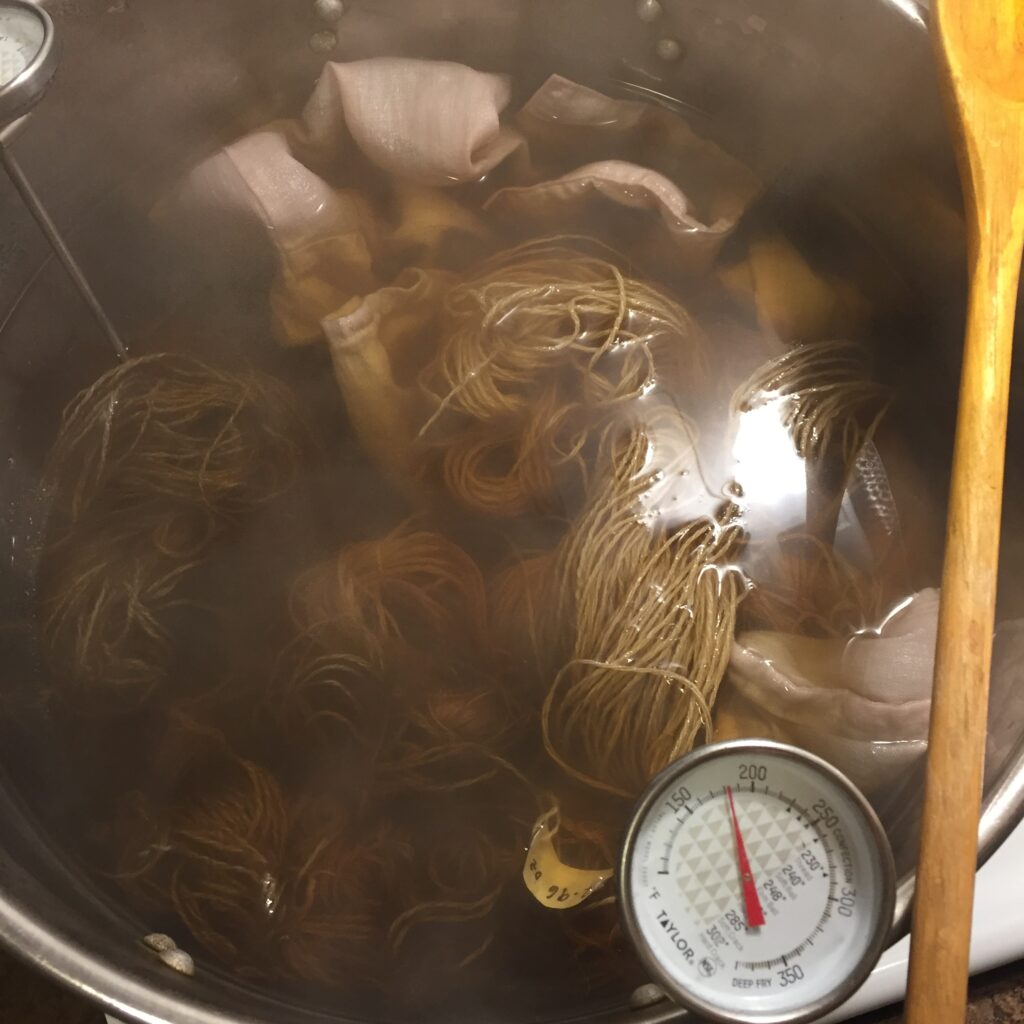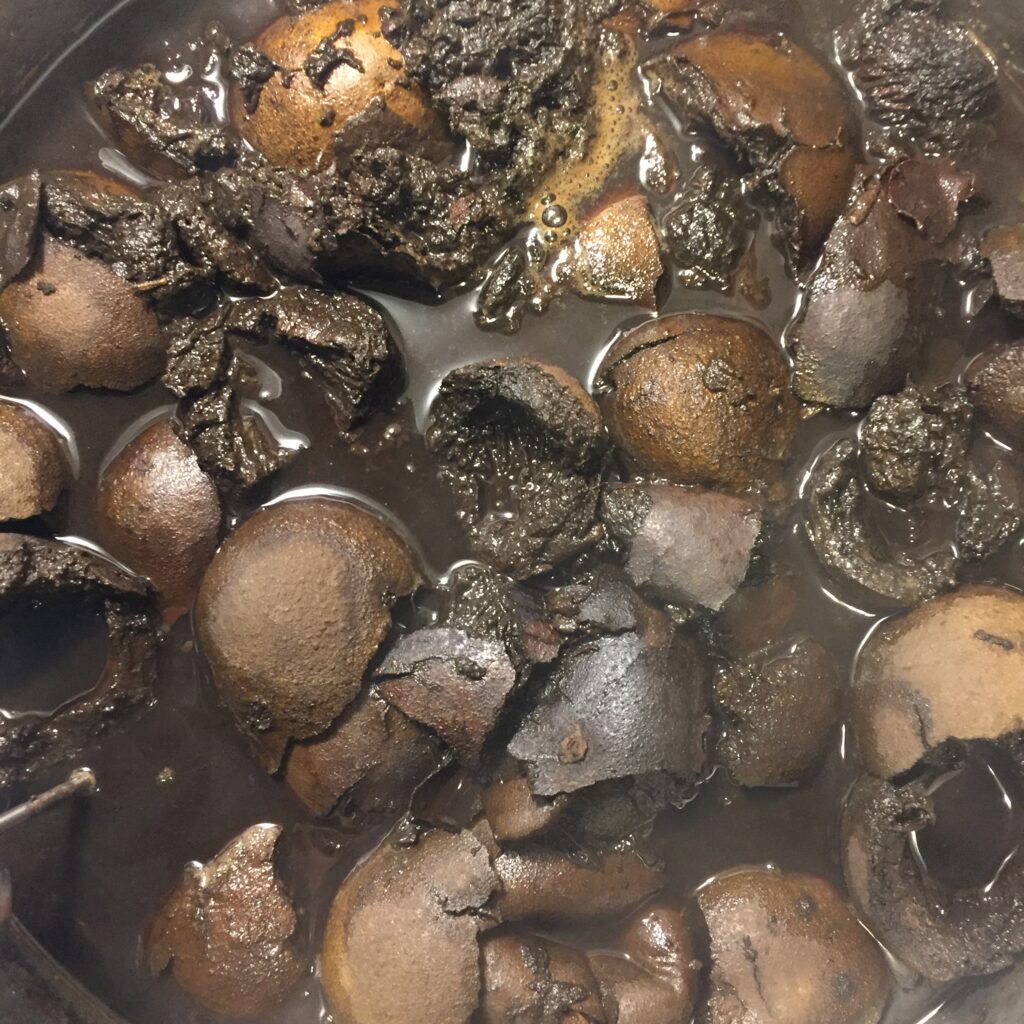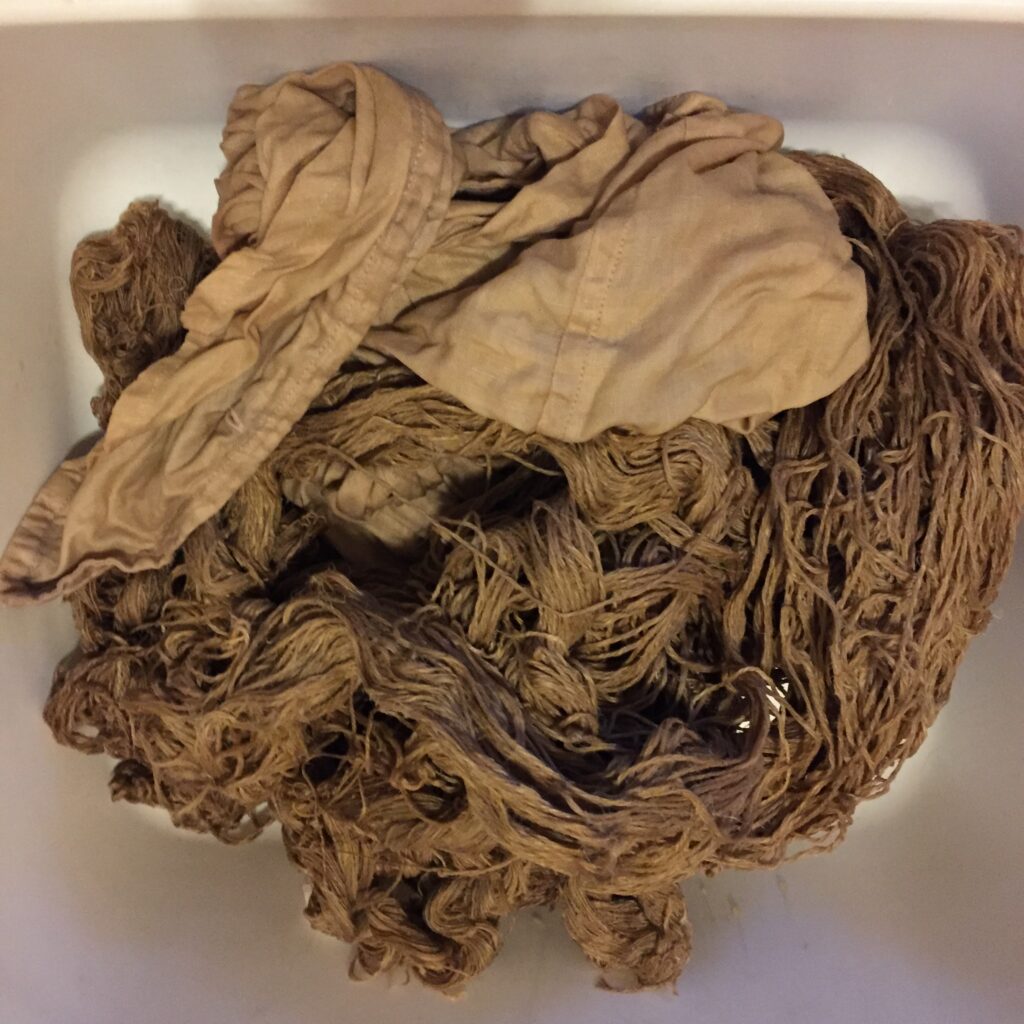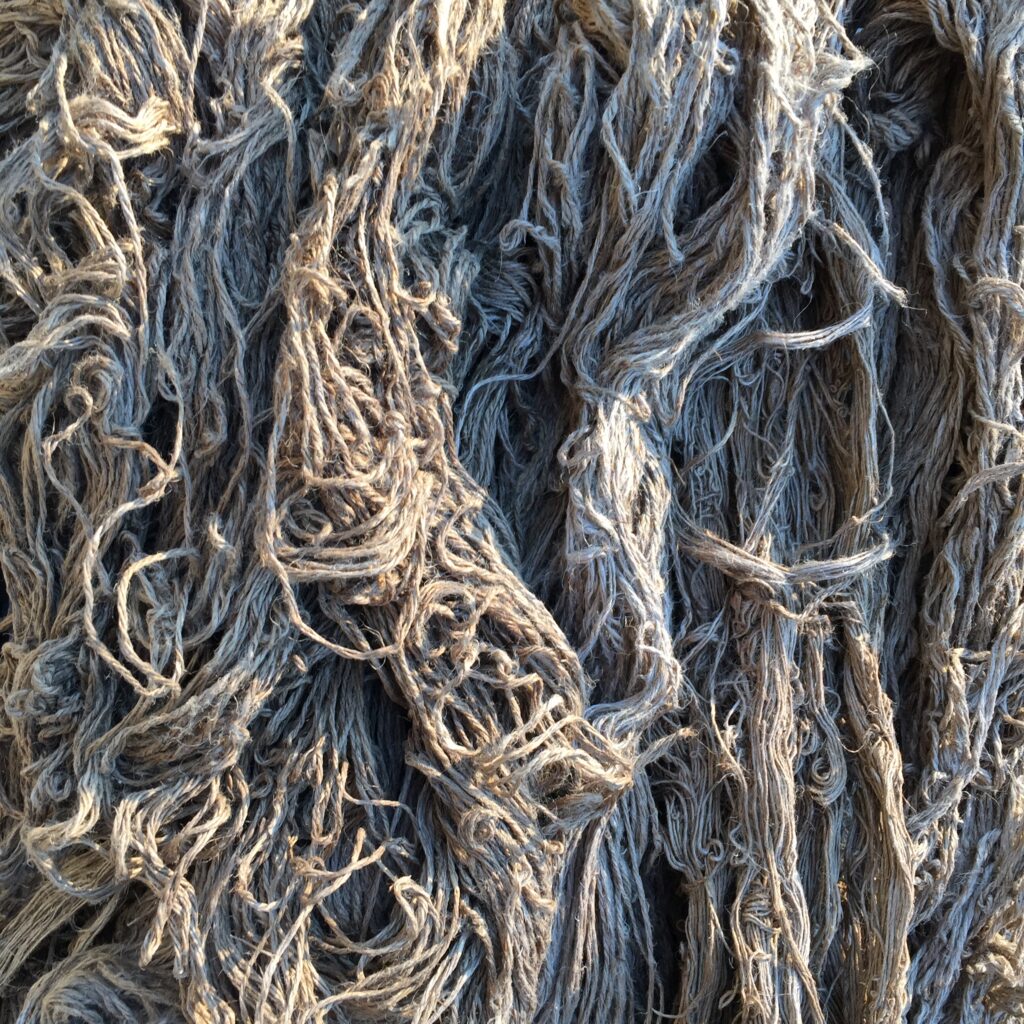Fall 2023 was a bumper year for black walnuts around here. I started collecting them in October, and with very little effort filled up three 5-gallon buckets.
To prevent them from getting black and oozy, I filled the buckets with water. Being submerged under water kept them pretty fresh. I covered the buckets and stacked weights on top to discourage squirrels until I could remove the nuts from the hulls.
As noted in my last blog post, there’s always more to learn about everything in life, black walnuts included. This fall I was struck by the variation in size, shape, density of hull, color of hull, and fragrance from one tree to the next. I don’t think the differences had to do with altitude (down in the valleys versus up in the hilltowns) because sometimes two trees right across the street from each other were carrying fruits with noticeably different hulls. I don’t have any photos of those observations, but documenting these variations would be an interesting project for another year. I did not separate them by “type” or keep track of which hulls went into which dyepots.
My first dyeing effort with this fall’s abundance was a collaboration with Locally Dressed, who is participating in the Northern New England Fibershed design challenge. You can find out more about what Locally Dressed is all about on her social media and her blog and website.
Without giving too much away, I will just share that I dyed handspun linen yarns from Aker Fiber Farm. The yarns are destined to part of a garment and/or accessory woven by @marionceres. The finished pieces will be showcased on August 17th, 2024 at Sanborn Mills Farm in Loudon, New Hampshire.
Here are the yarns. Lovely, right? Why mess with perfection? Rest assured, I understand that most of the fabric lets the natural colors of this linen speak for themselves. But sometimes you want a little bit of contrast. Hence my mission to make brown.
I was consulting two different sources in this process, Jim Liles’ book The Art and Craft of Natural Dyeing and the how-to pages on Botanical Colors’ website. Their directions differ somewhat, plus daily life imposes its own limits. What I describe here is what I ended up doing, but I’m not saying it’s the best way to go about things!
To start with, I scoured the skeins. Well, actually, first I weighed them and recorded the weights on waterproof labels. For scouring cellulose fibers I often use a liquid scour, but I didn’t have any on hand. So, first I just hand washed them with my regular laundry detergent, then simmered them with soda ash at 2% weight of goods (WOG in dyer’s shorthand). I heated the skeins in the soda ash solution until it reached 180°F, then held at that temperature for 30 minutes, then removed promptly and rinsed.
The next step was a tannin treatment. I had a few options for tannin, and decided to use chestnut tannin at 10% WOG. I dissolved the tannin (which comes as a powder) and soaked the fiber overnight at room temperature in the tannin solution.
Next up, mordanting. Even though I did have aluminum acetate on hand, I decided to go with the aluminum sulfate/soda ash combo described on the Botanical Color website here. Yes, the mixture does “bubble vigorously,” just as they describe! The fibers soaked in this mordanting solution overnight, with no heat applied.
Then, back into the tannin solution for another night. Then, because of pot re-arranging, they went back in the mordant bath. This was just a storage issue for the various liquids in their various stages, not a purposeful decision.
As I mentioned, the black walnuts had been soaking submerged in buckets of water since October, and this linen-dyeing project got underway on November 16th. I didn’t mention that I was also dyeing a linen shirt in this process (the one with the weird pink-stained arms, if you saw that post on Instagram back in August 2022). The total weight of the fibers was a little over 15 ounces, basically 1lb.
For my first try, I used about 3 gallons of hulls (removed from the nuts, which I just tossed out for the squirrels), and filled up the dyepot with the water they’d been soaking in. I heated the hulls until they reached about 180°F and maintained that for 2 hours. Jim Liles says to add vinegar or other acid, which I did, but he doesn’t specify a pH. My pH was 5. The hulls steeped about 24 hours, then I strained out the hulls and topped up the liquid in the dyepot. I think it’s cool how you can see the texture of the walnut shells inside the hulls:
I rinsed the fiber after the tannin-mordant-tannin process, which perhaps I should not have done. Ah, well. Here are the prepared fibers before dyeing:
Then I added the damp fibers to the dyebath. As before, I heated the pot up to about 180°F then maintained that for one hour. Then I let it steep overnight. I like to do a delayed rinse, so I let the fibers drip-dry for a day or so before rinsing.
Then I rinsed them. And…. Come on, now. Would you call this brown? I would not. I would not say that it’s any darker than the original color.
The date by which I had agreed to deliver the yarn was drawing closer. Not much time left to try again, but try I did!

